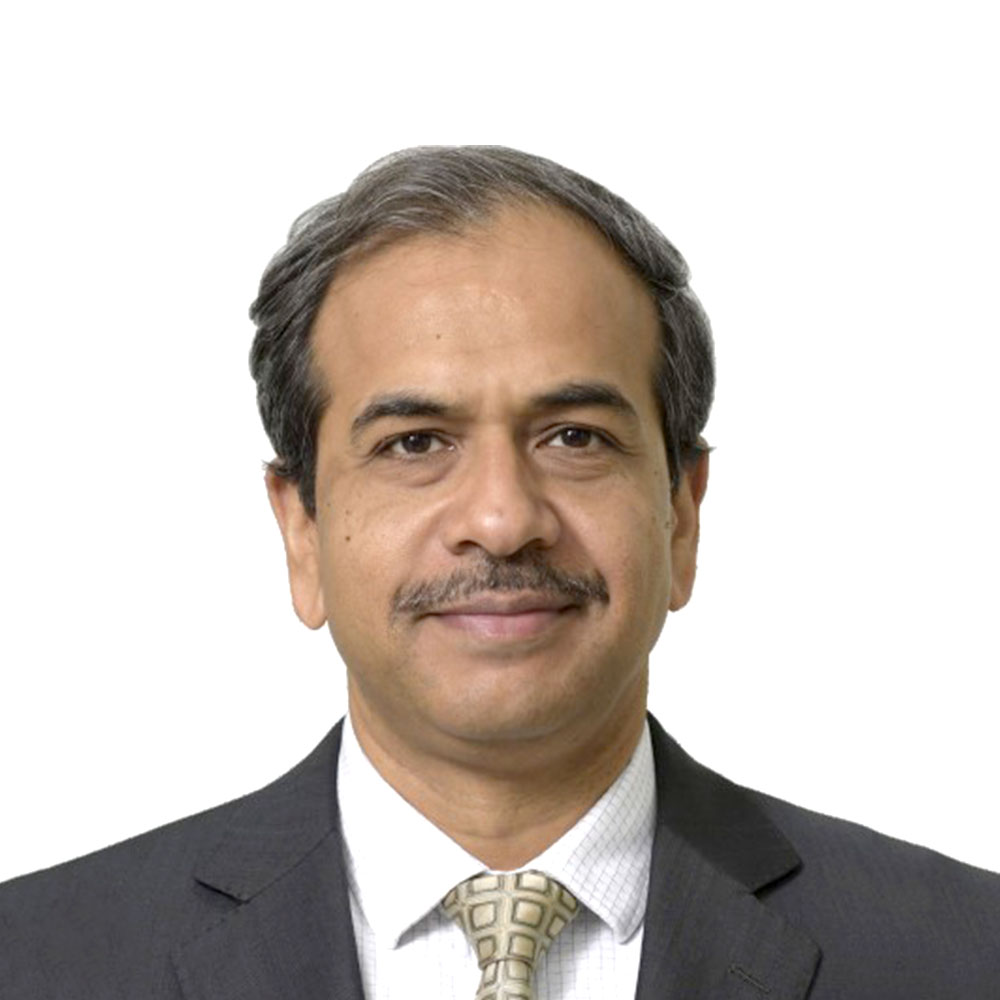
Mr. Rahul Singh
Chief Investment Officer (CIO) - Equity, TATA Mutual Fund
With over 27 years of investment experience, Mr. Rahul Singh joined Tata Asset Management in October 2018 as CIO-Equities, leading the fund management and equity research teams.
In his previous role at Ampersand Capital Investment Advisors LLP, Mr. Rahul was the Managing Partner. He has also worked with many reputed financial institutions like Standard Chartered Securities and Citigroup Global Markets India as Head of Equity Research.
Mr. Rahul is a Bachelor of Technology in Mechanical Engineering from IIT Bombay and an alumnus of IIM Lucknow where he pursued his Master of Business Administration in Finance and Financial Management Services.
Please note we have published the answers as it is received from the Fund Manager of TATA Mutual Fund.
Q1. India is currently witnessing multiple shifts-AI disruption, the rise of new-age companies, an active IPO pipeline, and changing investor behaviour. How do you see these forces shaping Indian equity markets over the next few years?
Ans: Increased AI adoption and data-center building could extend India's capex cycle (power, transmission, renewables, capital goods), while new-age listings broaden market depth and shift leadership beyond a narrow mega-cap core. Structurally, India's drivers remain intact, investment, credit, real estate, and manufacturing tailwinds, with valuations supported by a still-healthy earnings outlook into FY26. Persistent domestic flows (SIP/DIIs) could help cushion global volatility, keeping India's growth premium versus Emerging Markets (Ems), though this premium has eased in recent times.
Q2. Amid GST reforms, global trade negotiations, and structural changes, which sectors look most attractive to you at this stage?
Ans: Near term beneficiaries from GST 2.0 include FMCG/Staples, small autos & consumer durables, Insurance/Banks (consumption-led credit, insurance at nil GST), Cement/Materials (lower input taxes), and Diagnostics & Hospitals (healthcare spend uplift). Core cyclical exposure remains in Power (demand + grid capex), Select Capital Goods/Manufacturing, and Oil & Gas (where valuations are reasonable). We stay disciplined on valuation in expensive pockets of Industrials/Cap Goods; stock selection and margin trajectories are key.
Q3. Domestic SIP flows have been remarkably consistent. Do you see them providing a strong floor to Indian equities even if FIIs turn sellers?
Ans: Yes, to a meaningful extent. SIP inflows were ₹28,265 cr in August 2025, near peak run rates, even as market breadth softened. Within DIIs, CYTD equity net buying is US$59.3 bn, versus FII outflows US$14.4 bn (Data Source: AMFI Aug'25), indicating domestic savings are still absorbing global risk-off phases. The "floor" isn't absolute, shocks can raise drawdowns, but the structural strength provided by SIPs/DIIs has clearly reduced downside beta versus past cycles.
Q4. Many investors found the Q1 earnings season below expectations as signs of broad-based growth were missing. Do you think earnings recovery will come in Q2 or Q3 onwards?
Ans: Yes, we expect earnings to gradually improve from Q2 onwards. The recovery should be led by banks (as margins stabilize), power companies (benefiting from strong demand and capex), cement and Oil & Gas (helped by cost trends), and some tech firms. Overall Nifty earnings growth are expected to be decent in FY26. The recovery may not be broad based right away, but we see signs of improvement becoming clearer in the next couple of quarters.
Q5. Fed Chair Jerome Powell has hinted at a possible rate cut next month, which has already lifted sentiment across Asian markets. How meaningful could this development be for India, particularly in terms of foreign fund inflows?
Ans: A 25 bps cut is widely expected, markets are already pricing in easier policy heading into year end. A softer stance by Fed typically pressures DXY lower and reduces global real-rate headwinds, which is a positive for Emerging Market (EM) FX and flows, India included. It is further likely to anchor oil near the mid 60s unless geopolitics flares up. Near term, flows are still likely to toggle on tariff headlines, but the rates backdrop is a net positive for India's risk premia.
Q6. Many investors tend to chase short-term performance and themes. What advice would you give to retail investors looking to build wealth sustainably?
Ans: Stick to a disciplined Core & Satellite strategy: Core large-cap exposure (better risk-reward at current relative valuations) with selective Small & Mid Caps and thematic sleeves where earnings durability is clear. Use SIPs to average cycles, avoid extrapolating hot narratives at stretched multiples (notably where mid/small-cap premiums remain above long-term levels). Focus on GARP and valuation discipline.
Note: Views provided above are based on information in the public domain and subject to change. Investors are requested to consult their mutual fund distributor for any investment decisions.
MUTUAL FUND INVESTMENTS ARE SUBJECT TO MARKET RISKS, READ ALL SCHEME RELATED DOCUMENTS CAREFULLY
